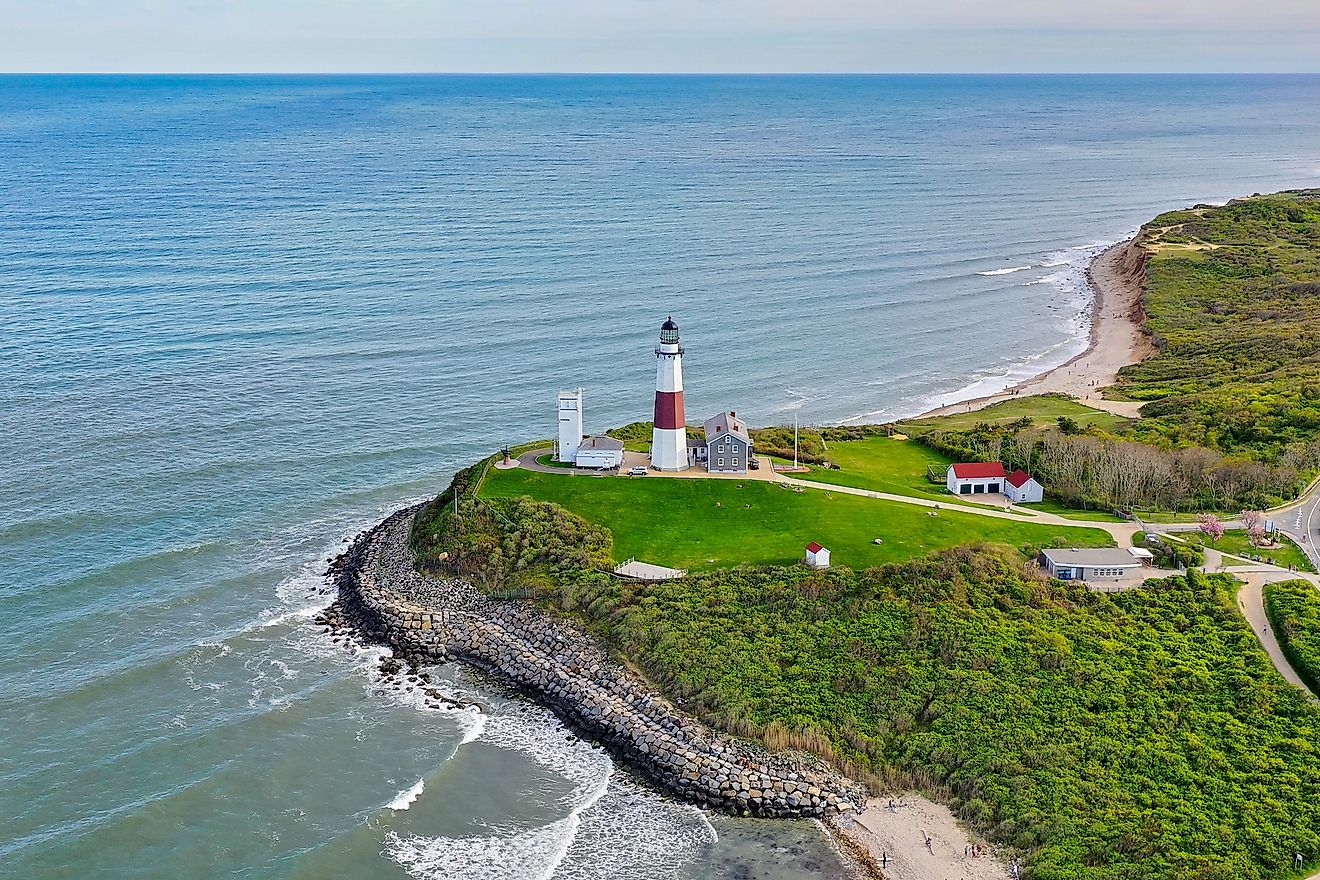Montauk is a small hamlet and census-designated place in Suffolk County in the US state of New York. Montauk has been used as a Navy, Coast Guard, Army, and Air Force base. He is known to many Long Island residents as “The end” due to its location on the most easterly point of the island. The hamlet is home to New York’s largest recreational and commercial fishing fleet.
Geography of Montauk
Montauk is located at the eastern end at the edge of the South Fork peninsula of Long Island, in the town of East Hampton, approximately 120 miles (190 km) east of Midtown Manhattan. It encompasses an area that stretches approximately 13 miles (21 km) from Napeague, New York, to the easternmost tip of New York State at Montauk Point Light. The CDP covers a small area halfway between the two points. Montauk has a total area of 51 km2, of which 45 km2 is occupied by land and 6 km2 is covered by water.
Montauk Climate
According to the Köppen climate classification, Montauk experiences a west coast marine climate characterized by fair climates with few temperature extremes and lots of precipitation throughout the year. Winter temperatures tend to be mild, while summer temperatures are relatively moderate. The average annual temperature in Montauk is 11.3°C. July is the hottest month, with an average temperature of 22.4°C, while January is the coldest, with an average temperature of 0.2°C. The average amount of precipitation for the year in Montauk is 1107.4 mm, and most precipitation occurs in March, while May is the month with the least rainfall.
The population of Montauk
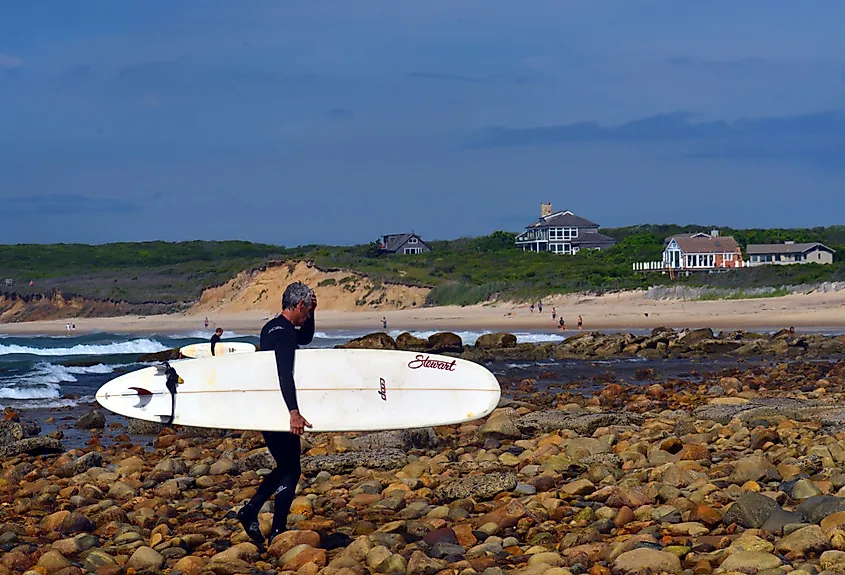
In 2020, Montauk was home to a population of 3,690 people with a median age of 56.8 and a population density of 210 people per square mile. Montauk’s population has increased by 10.79% since the last census in 2010, which recorded a population of 3,326 people. Montauk’s largest ethnic groups are white, most of whom are considered non-Hispanic, making up 93% of the hamlet’s population, the Hispanic community at 4.26%, and two or more races at 1.82 %. The minor ethnic groups are Native Americans making up 0.27% of Montauk’s population, followed by Asians at 0.27% and African Americans at 0.19%. As of 2019, approximately 10% of Montauk residents were born outside the country. The most common place of birth for foreign-born residents of New York is the Dominican Republic, followed by China and Jamaica.
Montauk’s Economy
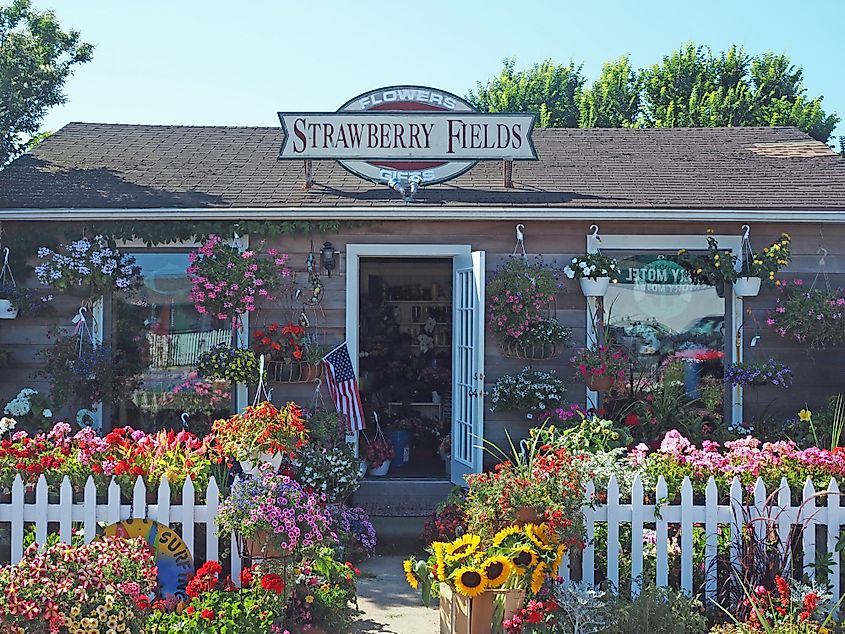
Montauk’s median household income is $96,389, which is higher than the annual income of $65,172 for the United States as a whole. Only 2.55% of Montauk for whom poverty status is determined live below the poverty line. Montauk’s economy employs over 50% of the population in different industries. The largest industries are construction, accommodation and food services, and arts, entertainment and recreation. Health care and social assistance, finance and insurance, and real estate and construction are the highest-paying sectors.
Brief History of Montauk
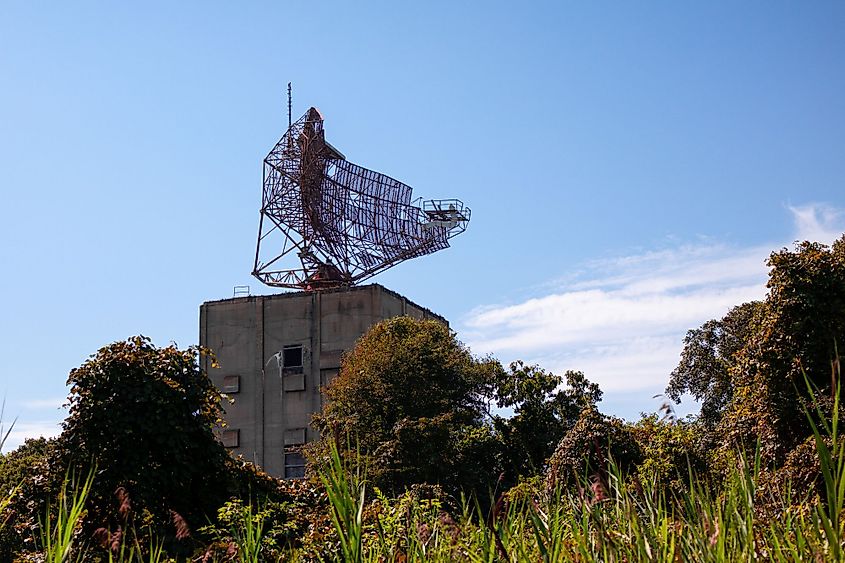
Although Montauk was only populated in the 1920s, its history dates back to pre-colonial times. In 1879 Arthur W. Benson of Brooklyn purchased most of Montauk. In 1895 the Long Island Railroad extended its lines to Montauk and built the old Montauk Inn in 1899. A small fishing community developed around Fort Pond. Around this time, Long Island Rail Road President Austin Corbin proposed a plan to make Fort Pond Bay a port of entry for transatlantic passenger ships. The motivation behind his project was to shorten the crossing and avoid overcrowding in New York Harbor. Corbin’s project was revived in 1900, 1911, 1927 and 1931. In 1933 the railroad inaugurated inexpensive fishing excursions. This brought about 40,000 athletes each year to Montauk until 1953, when the channel of Lake Montauk was dredged and fishing boats moved there from Fort Pond Bay. The US Navy purchased most of the east end during World War II and built a military base in the area. Fort Pond Bay became a seaplane base. The United States Army built Camp Hero with guns to protect New York’s shipping lanes until 1957 when the Army closed Camp Hero and was taken over by the United States Air Force which built a huge radar in its place. In 1995, Montauk became the birthplace of skishing, a powerful surfcasting technique. The sport involves wearing a wetsuit and flippers and swimming from shore with a rod and reel to catch fish.
Tourist Attractions in Montauk
Montauk is a popular weekend getaway from New York where people can enjoy its beautiful sandy beaches, wine tastings and miles of hiking trails.
Montauk Point Lighthouse
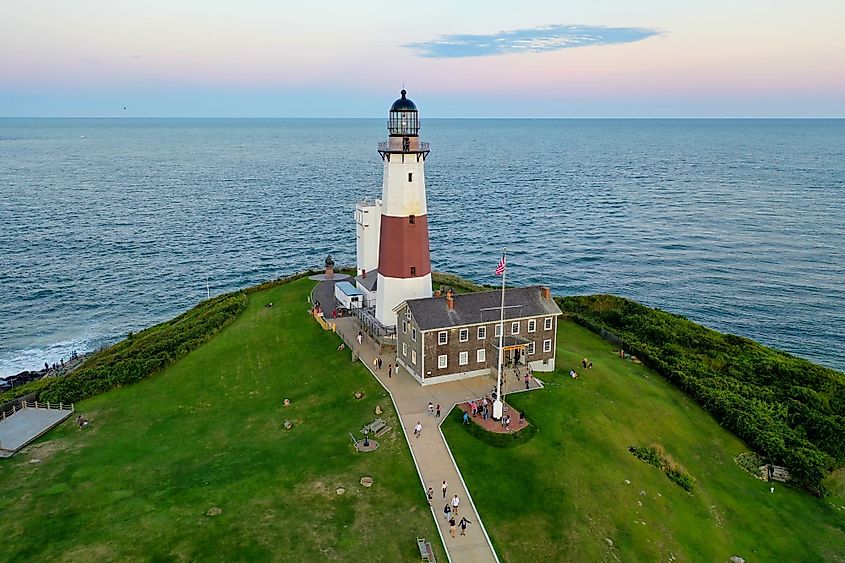
Visitors typically head to Montauk Point Lighthouse, a National Historic Site, which offers spectacular views of the Atlantic Ocean. The lighthouse has 137 iron steps that visitors climb to the top and tour the grounds. It also contains a gift shop and a museum that exhibits an extensive collection of maritime artifacts and historical documents about the fourth oldest active lighthouse in the country.
Montauk Lake
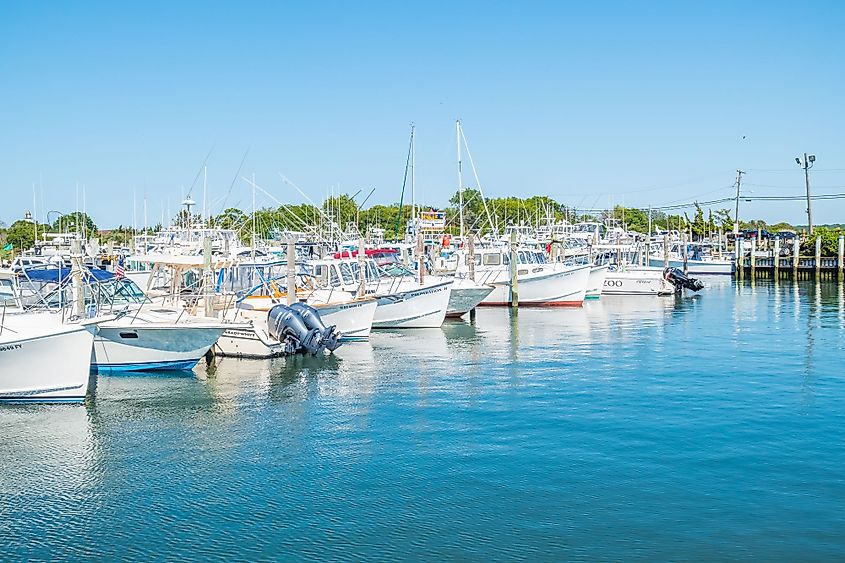
Montauk Lake is also one of Montauk’s main attractions. Lake Montauk was a lake until 1927, when Carl Fisher, the owner of Montauk at the time, dug a hole that brought sea water in. The lake became a deeply protected bay and became the Montauk’s main port and home to the largest commercial and sport fishing fleets.

